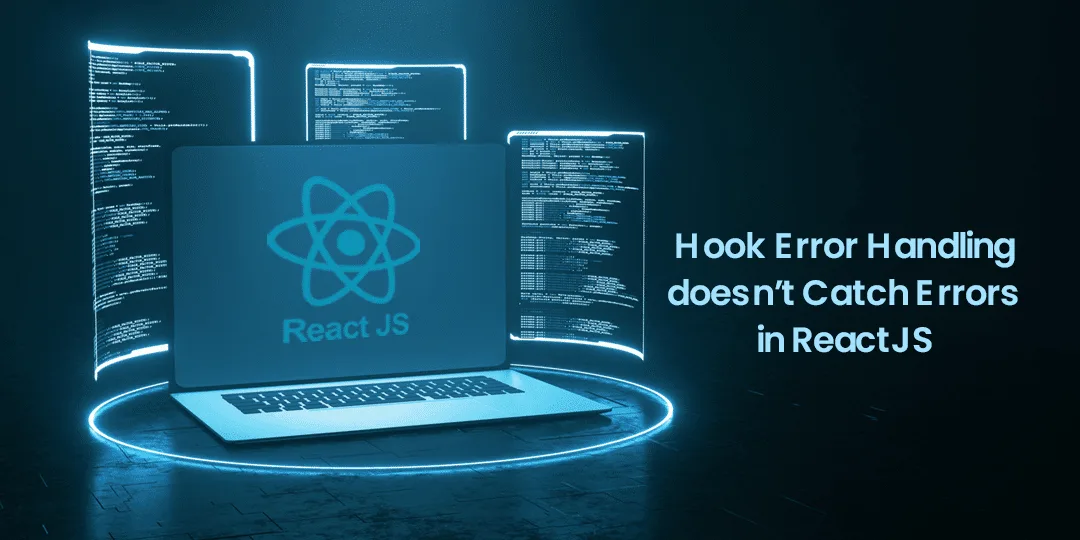Hello ReactJS Friends,
Hooks are powerful tools that facilitate the management of state and lifecycle events in functional components, making the coding process smoother and more intuitive for developers. Despite the advantages that hooks bring, one area that often presents challenges is error handling, which can be quite complex.
The problem with error handling arises when an error occurs within a hook and is not properly caught or addressed. This oversight can result in the error going unnoticed, leading to unpredictable behavior in the application that may confuse users and developers alike.
In this informative tutorial, we will delve into the reasons why error handling in hooks may not function as intended and provide practical solutions to overcome this limitation. By understanding these challenges, developers can strengthen their applications and enhance user experience.
Hook Error Handling in ReactJS
Here is an example of code that demonstrates the problem:
import React, { useState } from 'react';
function Example() {
const [count, setCount] = useState(0);
const handleClick = () => {
try {
setCount(count + 1);
throw new Error('Oops! Something went wrong.');
} catch (error) {
console.error(error);
}
};
return (
<div>
<p>Count: {count}</p>
<button onClick={handleClick}>
Increment
</button>
</div>
);
}
export default Example;
const SomeComponent = () => {
const [hasError, setHasError] = useState(false);
useEffect(() => {
try {
// do something like fetching some data
} catch(e) {
// oh no! the fetch failed, we have no data to render!
setHasError(true);
}
})
// something happened during fetch, lets render some nice
error screen
if (hasError) return <SomeErrorScreen />
// all's good, data is here, let's render it
return <SomeComponentContent {...datasomething} />
}We have our good old try/catch statement, which is more or less self-explanatory: try to do stuff, and if they fail – catch the mistake and do something to mitigate it.
Conclusion:
Apart from the solutions, it is quite possible to overcome all errors when working with ReactJS hooks by implementing effective solutions — for example, by using the .catch() method on Promises or creating custom error boundaries. Besides eliminating issues as and when they arise, it improves user experience by eliminating disruptions.
Staying strong and error-resistant is very important and requires us always to try to write code this way because it is extremely important for the stability and reliability of our applications. If you are worried about efficient error handling in your app and the smoother process of development, hire professional ReactJS developers who can efficiently handle errors in your app.
Happy Coding!








